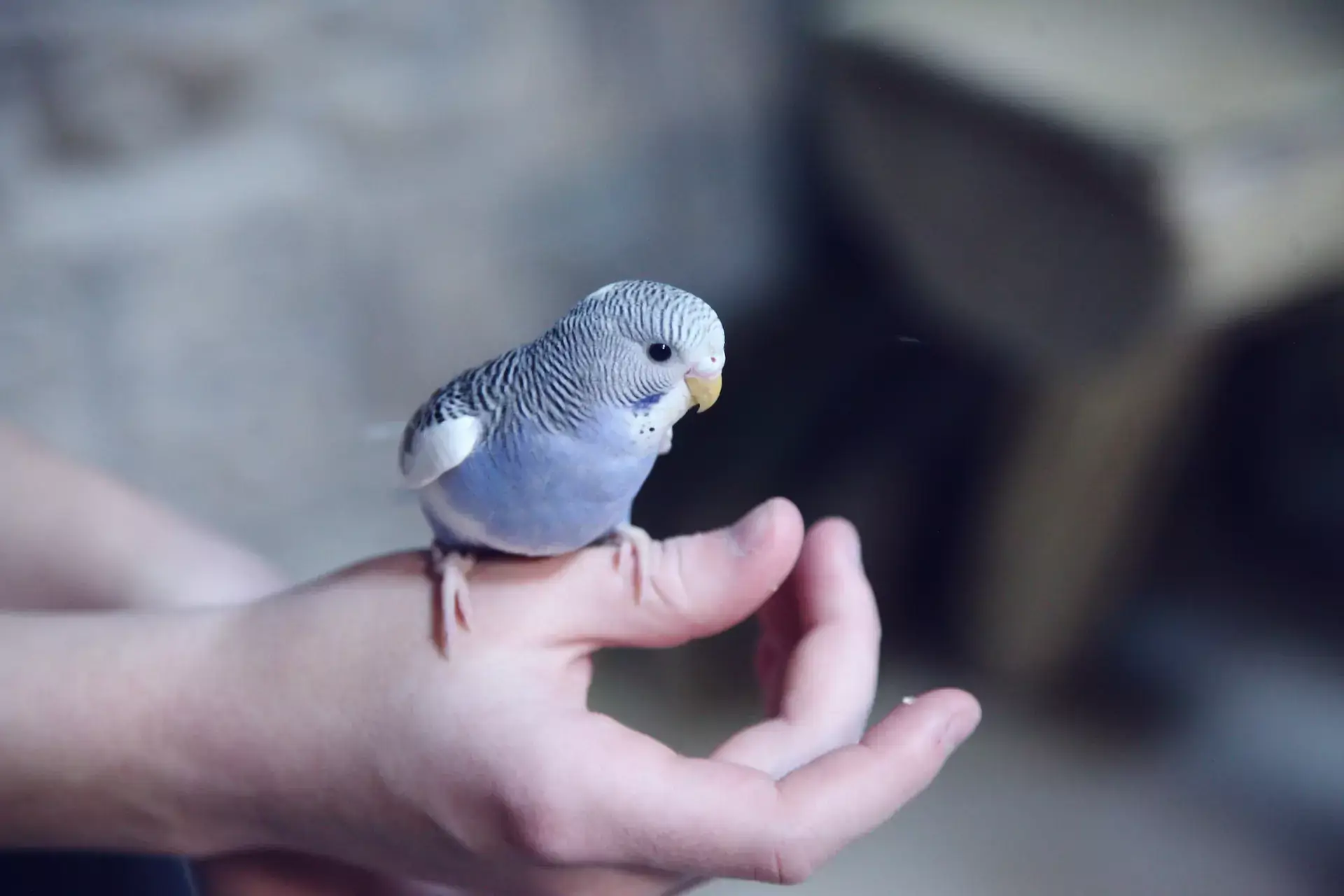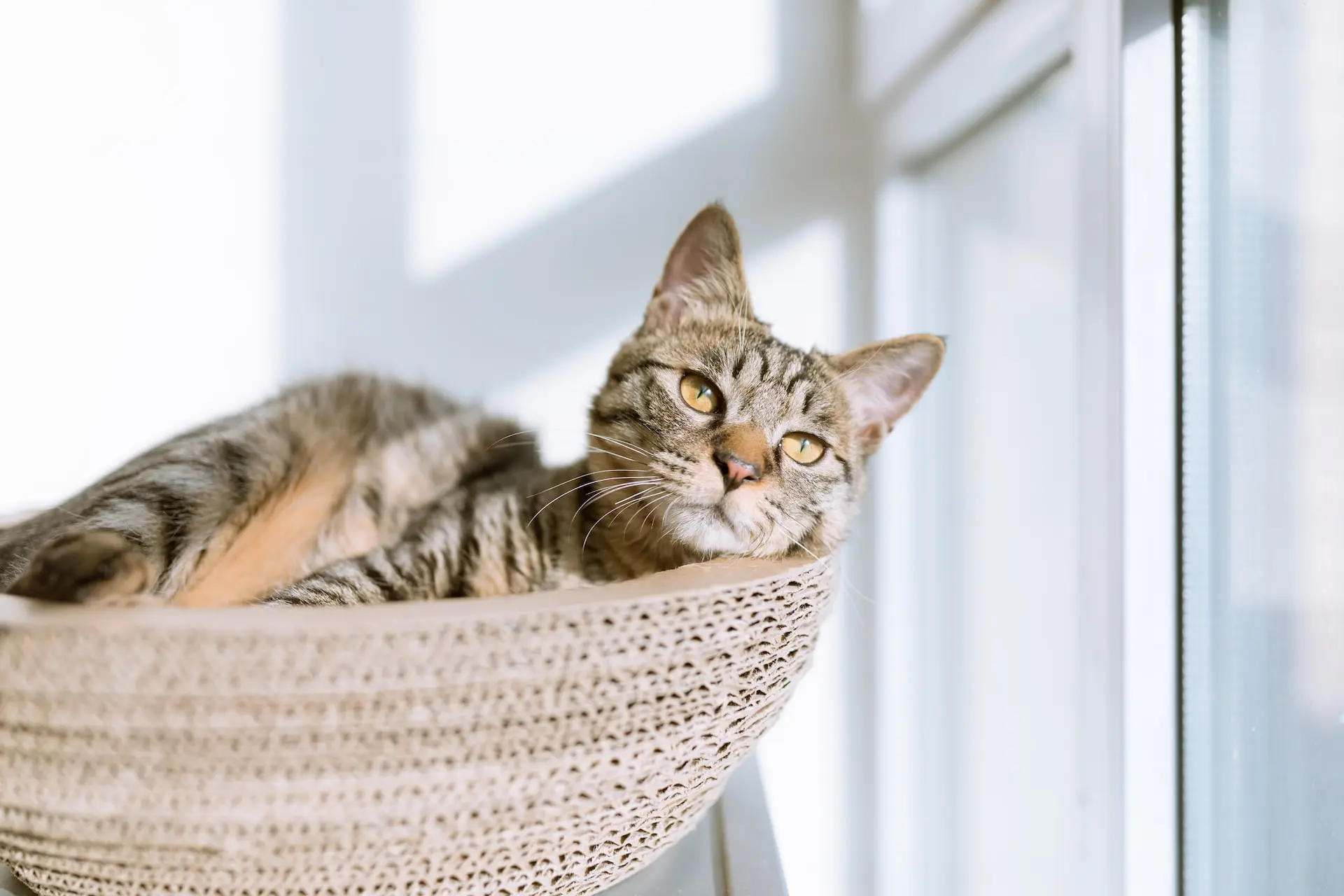All About Fluffy's Whiskers
One thing that every cat has in common is the presence of whiskers. They’re not just decorative hairs sprouting out of Fluffy’s snout—your pet’s whiskers are important for all kinds of daily functions. Learn more below as your local vet tells you more about these essential feline sensory tools.
W hiskers Help Your Cat Navigate
Fluffy’s whiskers are rooted more deeply into the skin than her normal hairs. There is a follicle full of nerves at each whisker’s base, which makes them quite sensitive. And believe it or not, whiskers are found on more areas of the body than the snout. Your cat also has whiskers on the chin, ears, eyebrow area, and even the forelegs!
Your cat uses whiskers to determine the location, size, and texture of objects in her environment. She can also use them to detect changes in air currents. This sensory information helps your cat to paint a picture of her surroundings, even in the dark. And since the whiskers along the nose are about the length of your cat’s body’s width, she uses them to determine whether or not she can fit into tight nooks and crannies.
Whiskers Can Tell You About Fluffy’s Mood
Did you know that your cat’s whiskers can indicate how she might be feeling? When the whiskers are pulled back tightly across the face, it’s a sign of alarm—this whisker position will likely accompany wide eyes, raised ears, and a puffed tail. Most of the time, though, the whiskers point sideways away from the face, which means your cat is relaxed and content.
The next time Fluffy hears a strange sound or the bark of the neighbor’s dog, take a look at her whisker position. You’ll probably notice they’re pulled back a bit!
Whiskers Should Never Be Trimmed
Cats shed their whiskers occasionally, but you should never try to cut or trim them yourself. You’d be removing crucial sensory information that your cat needs, and it might even lead to dizziness, confusion, and disorientation. It would be like suddenly losing your sense of touch or sight—you wouldn’t like it, would you?
Does your cat need a checkup? Make an appointment at the office today. We’re here for you!



